Talkin' Shop: Kelly Mutsch & Retail's Necessary Paradigm Shift
Kelly Mutsch
In this week’s Insights we "talk shop" with Kelly Mutsch, Chief Creative Officer at Ontal. Kelly has over a decade of experience in the retail industry ranging from roles with big box retailers to small independent manufacturers. With her broad experience Kelly offers a unique outlook on today’s retail landscape and the necessary paradigm shift that traditional retailers have to make if they want to compete.
Today retailers hear a lot about the #retailapocalypse but how do you feel about the retail environment right now?
Retailapacalypse is a great word. It perfectly describes the urgency and consumer demand changes and shifts that are happening.
There are 2 things consumers are looking for – easy to get commodities and small unique, possibly local boutique types of thing. There is not a lot of land in the middle. The middle is Target. Big box retailer with a lot of Brick & Mortars that sell everything. Retailers have to pick which one they are and align themselves appropriately if they are going to succeed.
What are you loving about the retail industry and what is inspiring you about where we are right now?
I love the shop local & shop small business movement. I think it’s really important and customers have finally realized that if they don’t support these businesses that they will be gone.
What’s the most common problem you see in this industry?
The biggest problem is retailers not being able to shift how they’re doing business or willingness (to look at) how they are doing business in order to better align with what customers are looking for.
Look at Sears and all their history. When they started they were in catalog business and realized that consumers wanted a Brick & Mortar and they made that happen. They anticipated the customers’ needs and met them. They’ve been successful for hundreds of years and now they are failing because they can’t meet the customer’s expectations for what their business needs to look like and they are dying because of it. That’s the saddest story of all, because they’ve done it before, why can’t they do it again? That’s a big box mentality.
How do you see the industry evolving in the next 10 years?
People have to figure out how to differentiate themselves from commodity type retailers. If you are going to have a commodity business, what makes you different? Commodity businesses are struggling because they are loosing footholds to China who is drop shipping to the end customer, cutting out the middleman, and doing it in three or four weeks turnaround. People are willing to forgo quality over price. So how do you differentiate yourself to compete?
You need to get better at telling your story. Why do you do what you do? What are the benefits of somebody ordering from you versus China? What are they going to get from you? Ontal makes everything to order for individuals and we can reorder it very easily. We offer a customer service person in real time and products made in the US. There are benefits that need to be discussed in order to continue to have a hold on the market.
What do you think is the most overrated industry trend?
It’s a paradigm shift - challenging retailers, why do you care about next year’s trend when you can do it right now?
Trends in general are overrated because you need to start thinking about “on demand” fashion. When you can have a micro factory, like ours, you can produce on demand fashion in a 3 week turn time rather than the year of planning it takes to get items from overseas and you can order in small quantities, because your minimum is one. You can test items virtually without ever having made a garment. If you don’t sell it you aren’t out anything. It’s a zero liability business.
The challenge is for people to see that’s the direction that retail is going to go. When we look at manufacturing that’s going to come back here from overseas - its going to be in micro factories. They are going to be small operations that are going to be able to do low quantities. Who wants to commit to millions of units and warehouse costs on a replenishment program when I can make you 40 units a month and three weeks later it will be filled.
It’s not a replenishment program - it’s “on demand replenishment”. Replenishment insinuates that you are going to make two years worth of product, pay to house it somewhere, and pick and pack every week. That’s a ridiculous model and no one should have to do that. But it’s not a traditional model.
You have to challenge your model, you have to challenge that maybe its not about ordering thousands of units, keystoning it, touching it countless times, and ending up at a 27% margin if you are lucky. This is about never having produced an item and selling it on demand, filling orders, and moving on. Why wouldn’t you do that? It’s a great model.
Want to know more about Ontal? Find out more HERE.
If this article resonated with you, I welcome you to subscribe to my e-newsletter. By doing so, you'll receive alerts for new features in my blog featuring retail trends and insights, exciting business updates, and much more. Or if, after reading this article, you conclude that you found it helpful, please feel free to share it with your network. Thanks!


